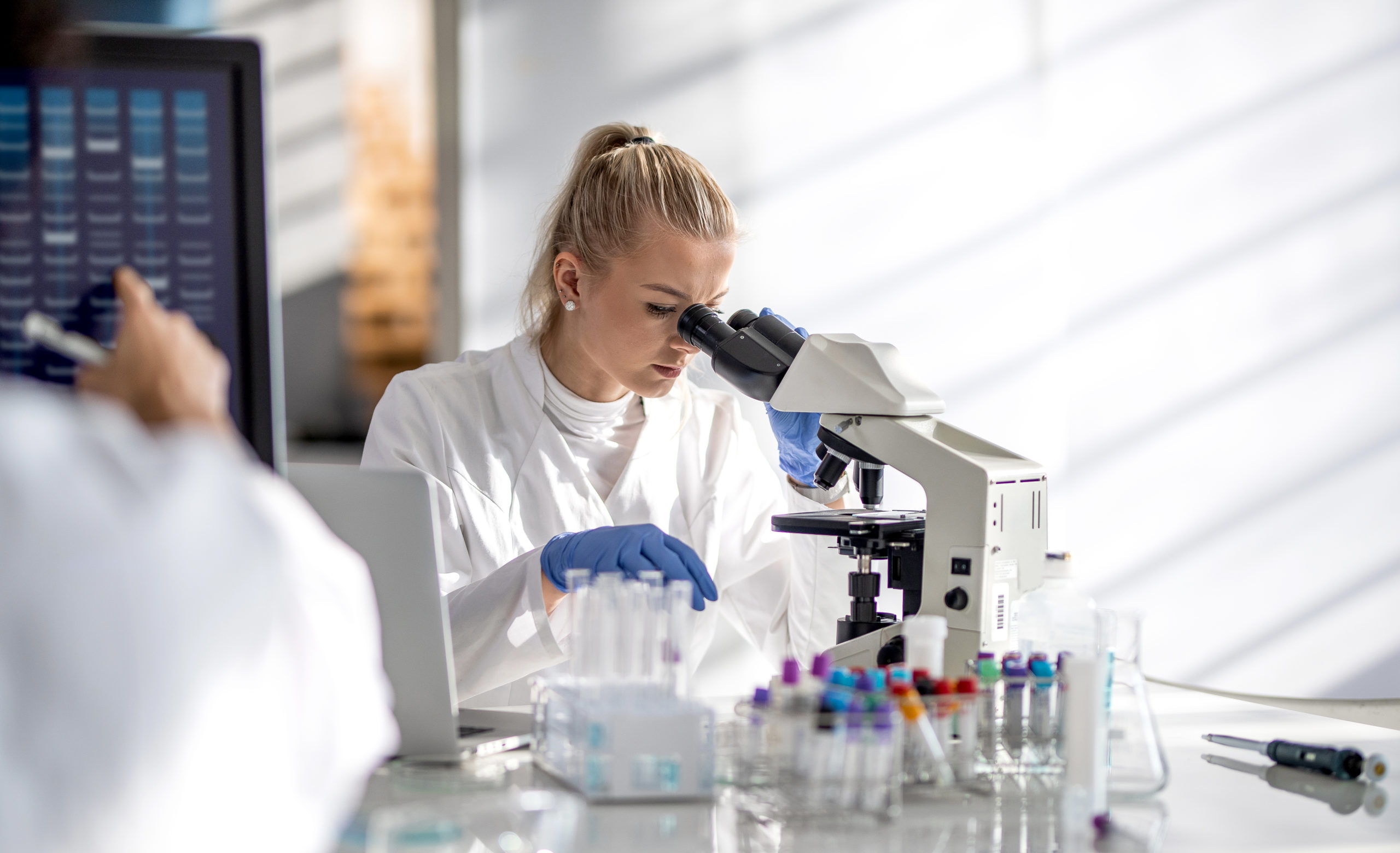
Autosomal dominant polycystic kidney disease (ADPKD) is caused by mutations in the genes PKD1 or PKD2. These mutations cause reduced expression or function of PKD-encoded proteins PC1 and PC2, resulting in dysregulated gene expression, overgrowth of renal tubular epithelia, formation of cysts, progressive enlargement of the kidneys, and decreasing renal function.
The microRNA miR-17 inhibits PKD1 and PKD2 and may play a role in the dysregulated gene expression that occurs in ADPKD. In several mouse models, treatment with the anti-miR-17 oligonucleotide RGLS8429 led to increased PC1 and PC2 and improvement of polycystic kidney disease.
Alan S.L. Yu, MB, BChir, and colleagues conducted a phase 2a multiple ascending dose trial of RGLS8429 in 42 human subjects with ADPKD. Their results were presented in a poster at ASN Kidney Week 2024 titled RGLS8429 Increases Urinary PC1 and PC2 and May Reduce Height-Adjusted Total Kidney Volume (htTKV) in Patients With ADPKD.
The randomized, double-blind, placebo-controlled study evaluated RGLS8429 in three weight-based cohorts (1, 2, and 3 mg/kg). Criteria for inclusion included Mayo imaging classification 1C, 1D, or 1E, and an eGFR 30-90 mL/min/1.73 m2. The duration of treatment was 12 weeks, with an end of study visit four weeks after the last dose.
Ten patients received subcutaneous injections of placebo once every two weeks (seven doses), while 32 patients received RGLS8429. Baseline characteristics were balanced between the placebo and RGLS8429 groups. Researchers measured urinary PC1 and PC2 levels before randomization and at multiple points afterward. An exploratory analysis was conducted to assess the change in htTKV from baseline to the end of the study.
The study found that RGLS8429 increased urinary PC1 and PC2 levels in a dose-dependent manner and was well tolerated. The change in PC1 and PC2 levels from baseline to study completion was statistically significant in the 3 mg/kg cohort (n=11) compared to the placebo cohort (n=9). Furthermore, 70% of participants who received 3 mg/kg RGLS8429 experienced a reduction in htTKV. The geometric least squares mean percentage change in htTKV over 16 weeks was 2.5, 1.4, -0.6, and -0.6 for the placebo, 1 mg/kg, 2 mg/kg, and 3 mg/kg groups, respectively.
In conclusion, RGLS8429 showed dose-responsive mechanistic activity on PC1 and PC2. The exploratory analysis indicates a reduction of htTKV at 2 mg/kg and 3 mg/kg doses over a short period. The researchers stated that the findings “validate miR-17 as a potential therapeutic target for ADPKD. A phase 2/3 registrational trial is being planned.”
Source: Yu ASL, Garg R, Bellovich KA, et al. RGLS8429 increases urinary PC1 and PC2 and may reduce height-adjusted total kidney volume (htTKV) in patients with ADPKD. TH-PO1200. Abstract of a poster presented at the American Society of Nephrology Kidney Week 2024; October 24, 2024; San Diego, California. Commercial support for the study was provided by Regulus Therapeutics.

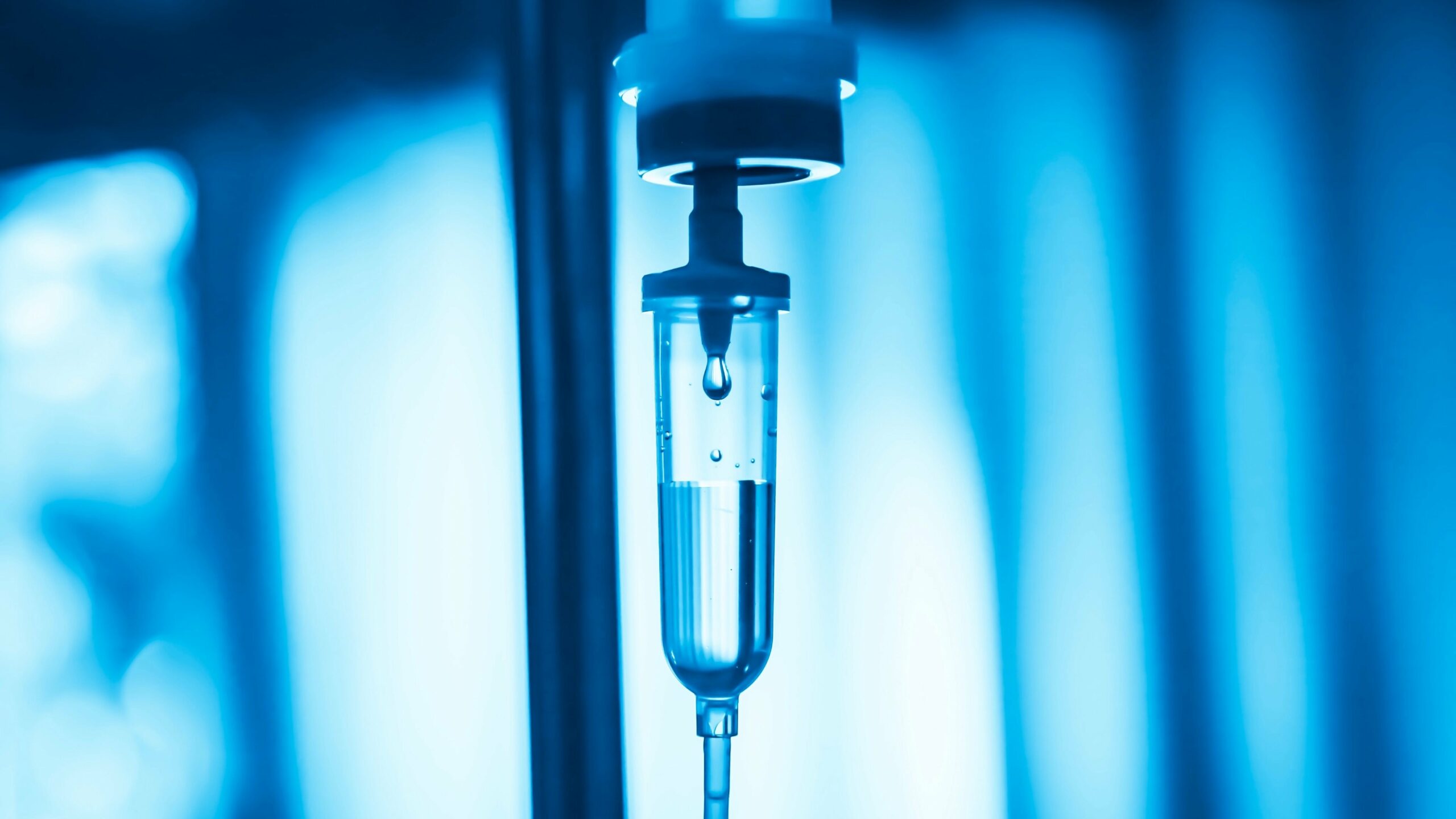
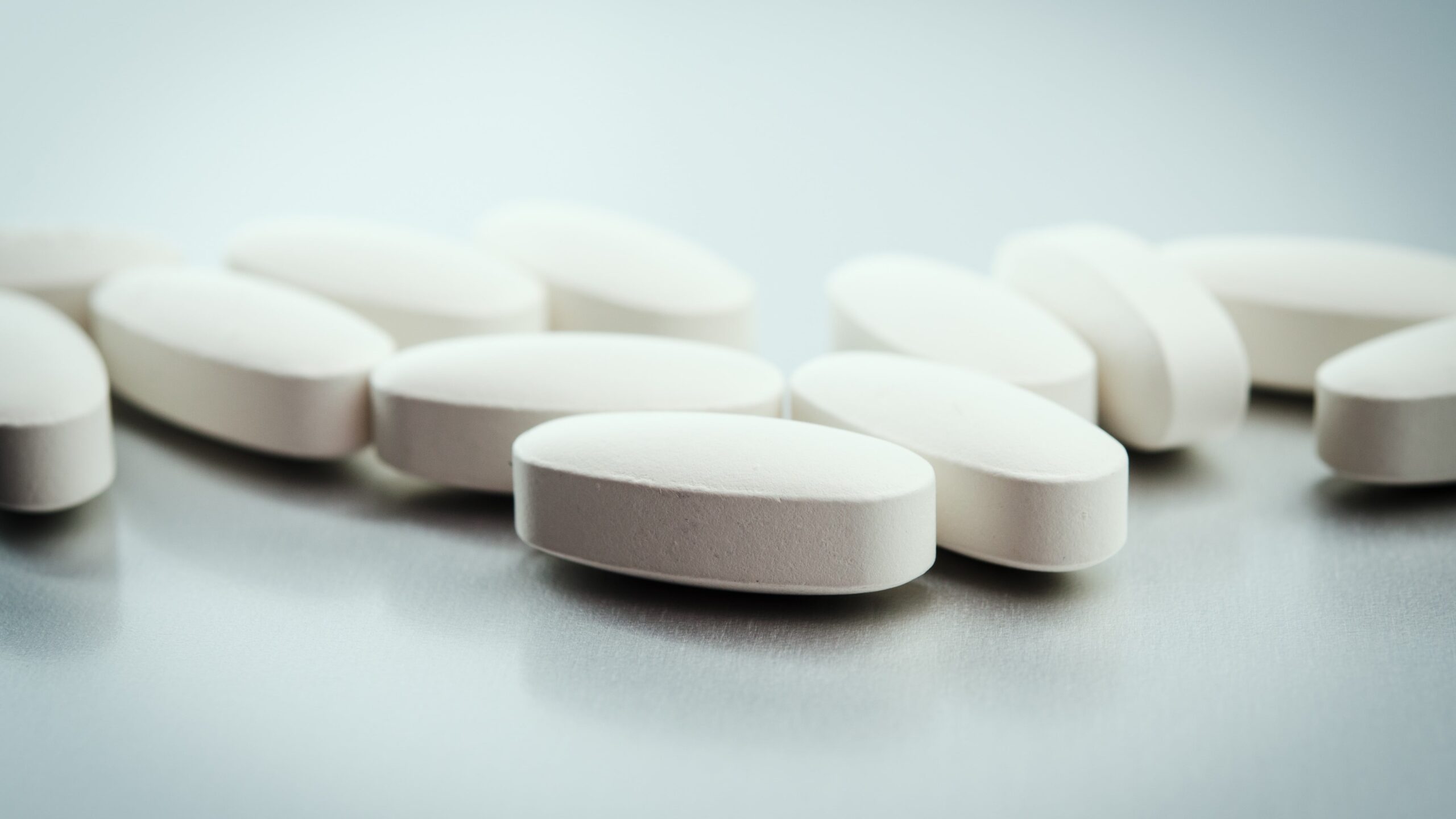
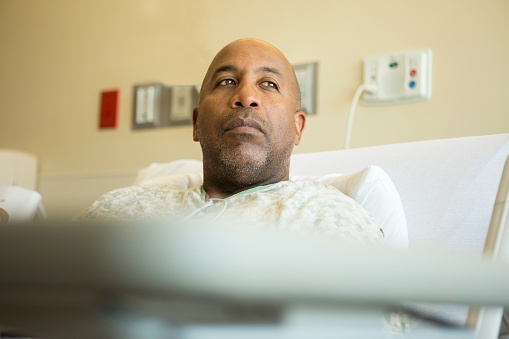
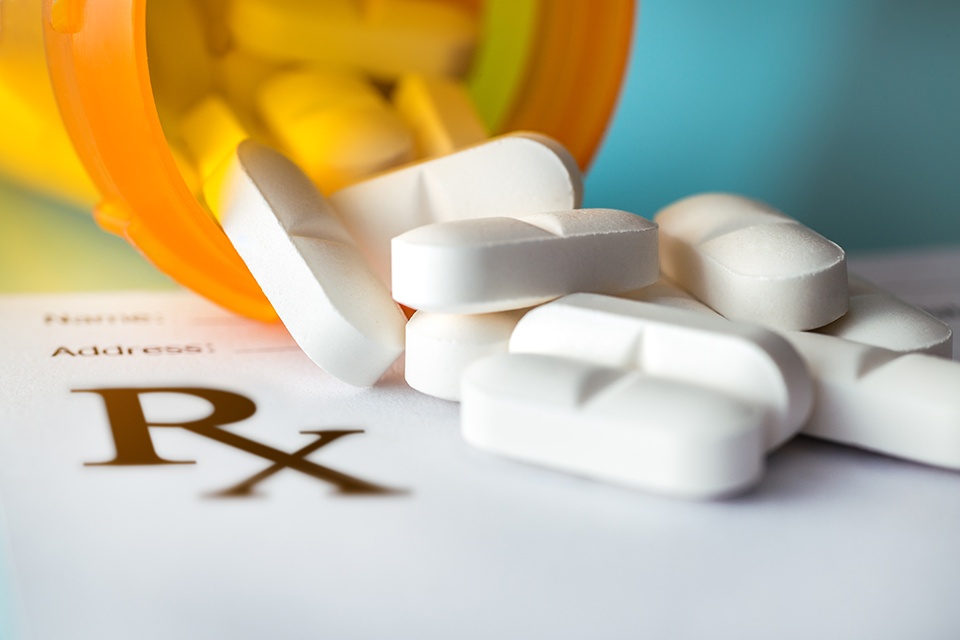


 © 2025 Mashup Media, LLC, a Formedics Property. All Rights Reserved.
© 2025 Mashup Media, LLC, a Formedics Property. All Rights Reserved.